Have you ever wondered what makes Filipino culture stand out?
If you’re eager to understand its rich traditions and modern expressions, you’re not alone. Many find it challenging to grasp the full picture of Filipino music, film, fashion, and festivals.
In this article, you’ll learn about:
- Traditional and modern music styles
- Important films and media
- Fashion blending old and new
- Exciting festivals and events
Keep reading to discover how Filipino culture celebrates history and creativity, and how it can inspire you.
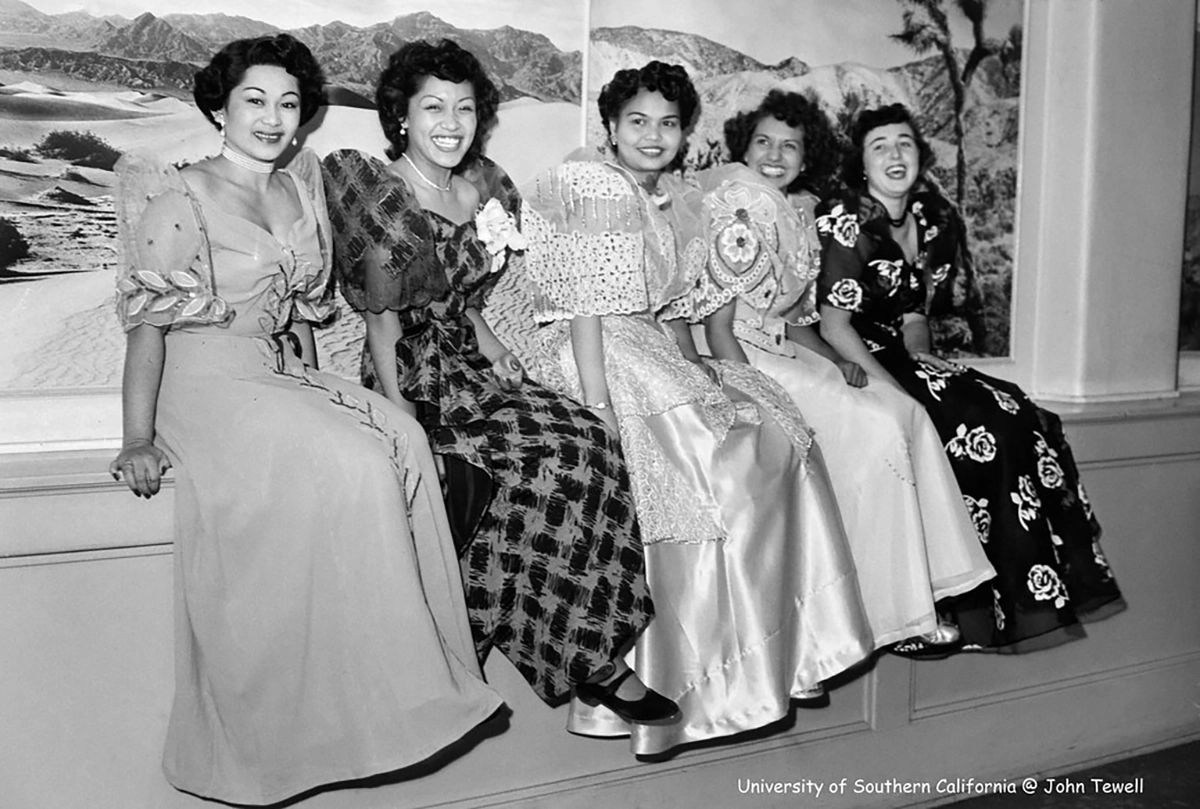

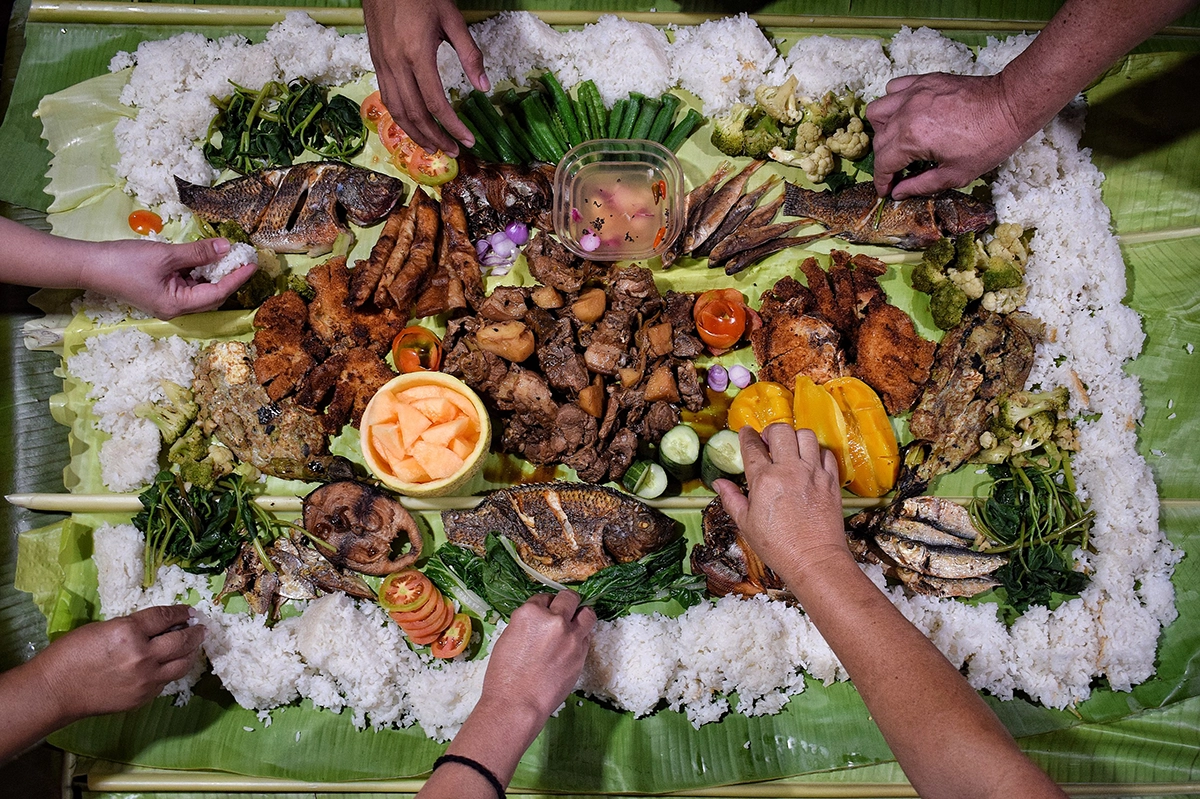
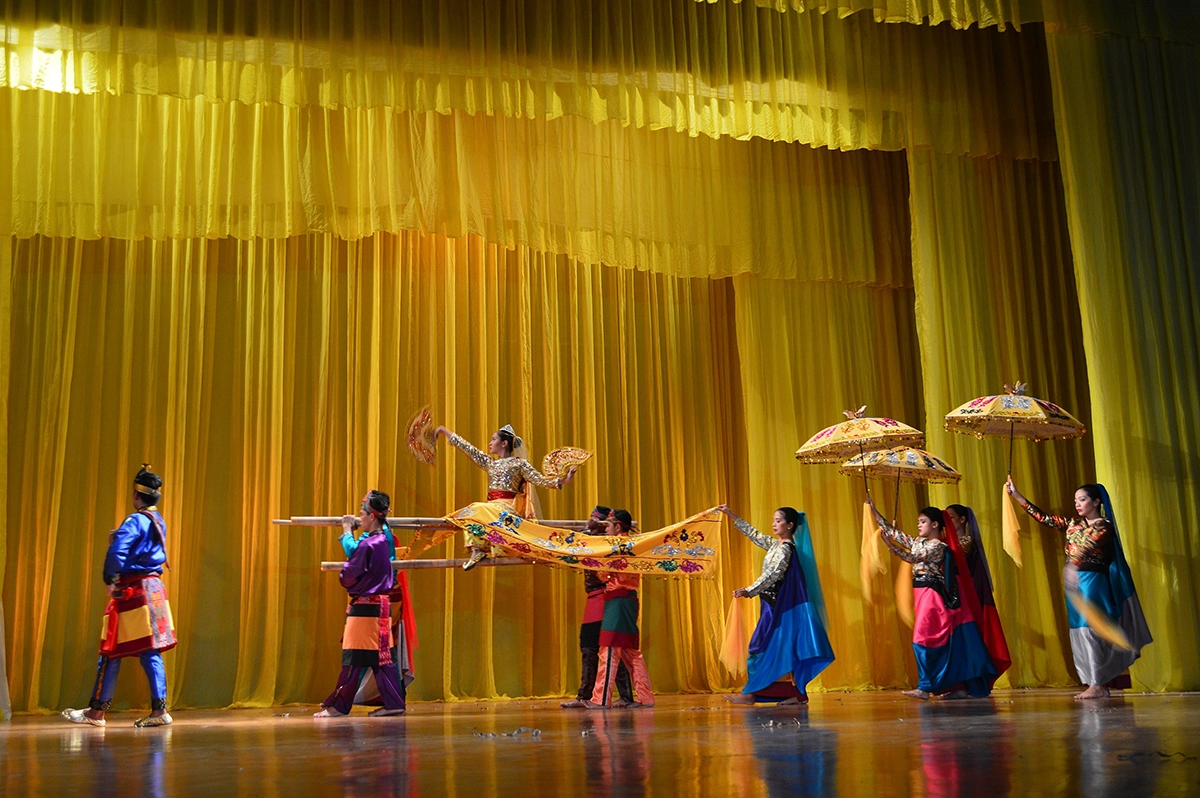
1. Music in Filipino Culture
Traditional Music
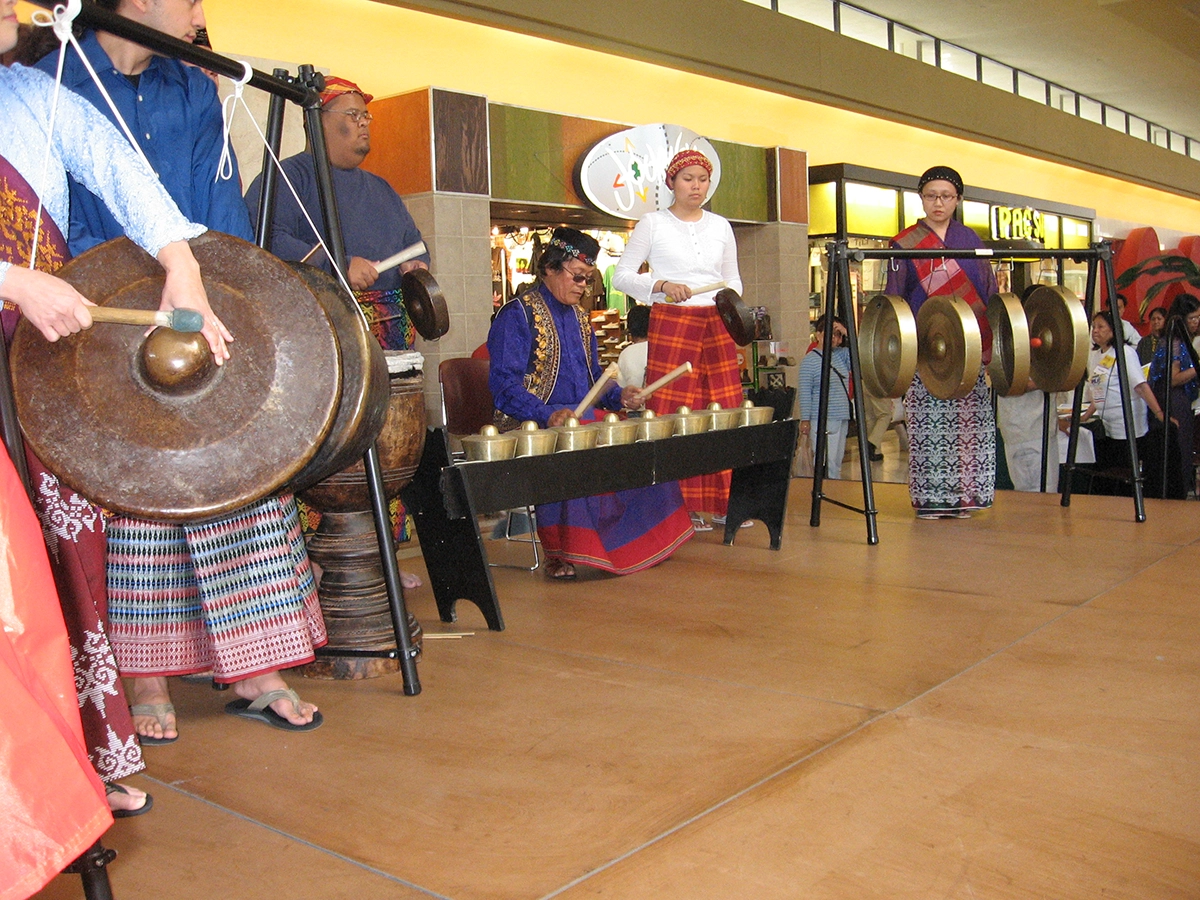
Music is a big part of Filipino life. In the past, people sang songs during work, ceremonies, and happy events. Early music had sounds from Indigenous, Islamic, and Asian cultures.
When the Spanish arrived in the 1500s, they brought new instruments like the guitar, violin, flute, and drums. These became part of local music. People used them during festivals and family gatherings.
Today, many old songs and dances are still performed. Groups like Bayanihan, Filipinescas, and Karilagan help keep these old styles alive.
Famous Musicians
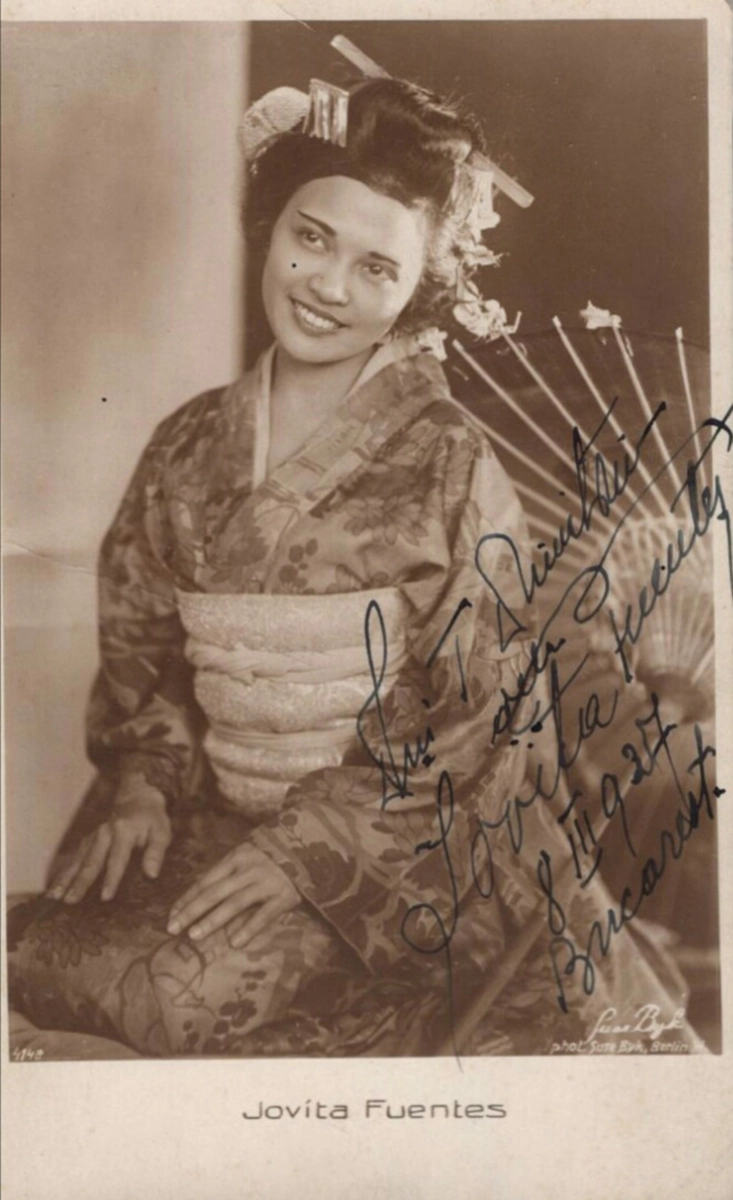
The Philippines has many talented musicians. Antonio J. Molina was a composer and conductor. Felipe P. de Leon wrote songs about love for the country. Jovita Fuentes was a famous opera singer.
People also enjoy OPM, or Original Pilipino Music. It started in the 1970s. These songs often tell stories about daily life, love, and family. Many still enjoy these songs today.
Contemporary Music
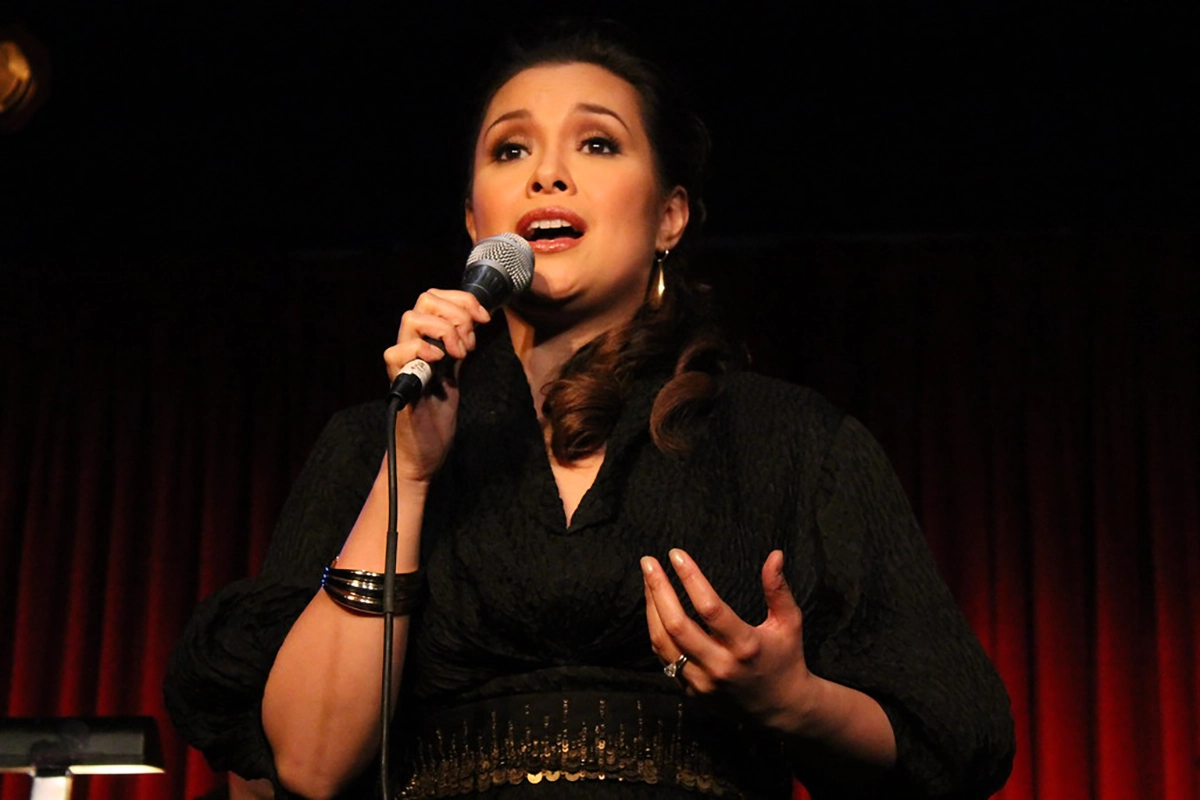
Today’s music in the Philippines includes many styles like pop, rock, hip hop, and indie. Some singers mix new sounds with old music. The rise of Pinoy Pop (P-Pop) has brought new energy to local music. Groups like SB19 have gained strong support from fans in the Philippines and abroad.
Some Filipino artists are also known in other countries. Lea Salonga sang in Broadway shows and Disney movies. She won a Tony Award. Arnel Pineda became the lead singer of the rock band Journey. Their success shows the talent of Filipino performers around the world.

2. Films and Media in Filipino Culture
Early Filipino Films
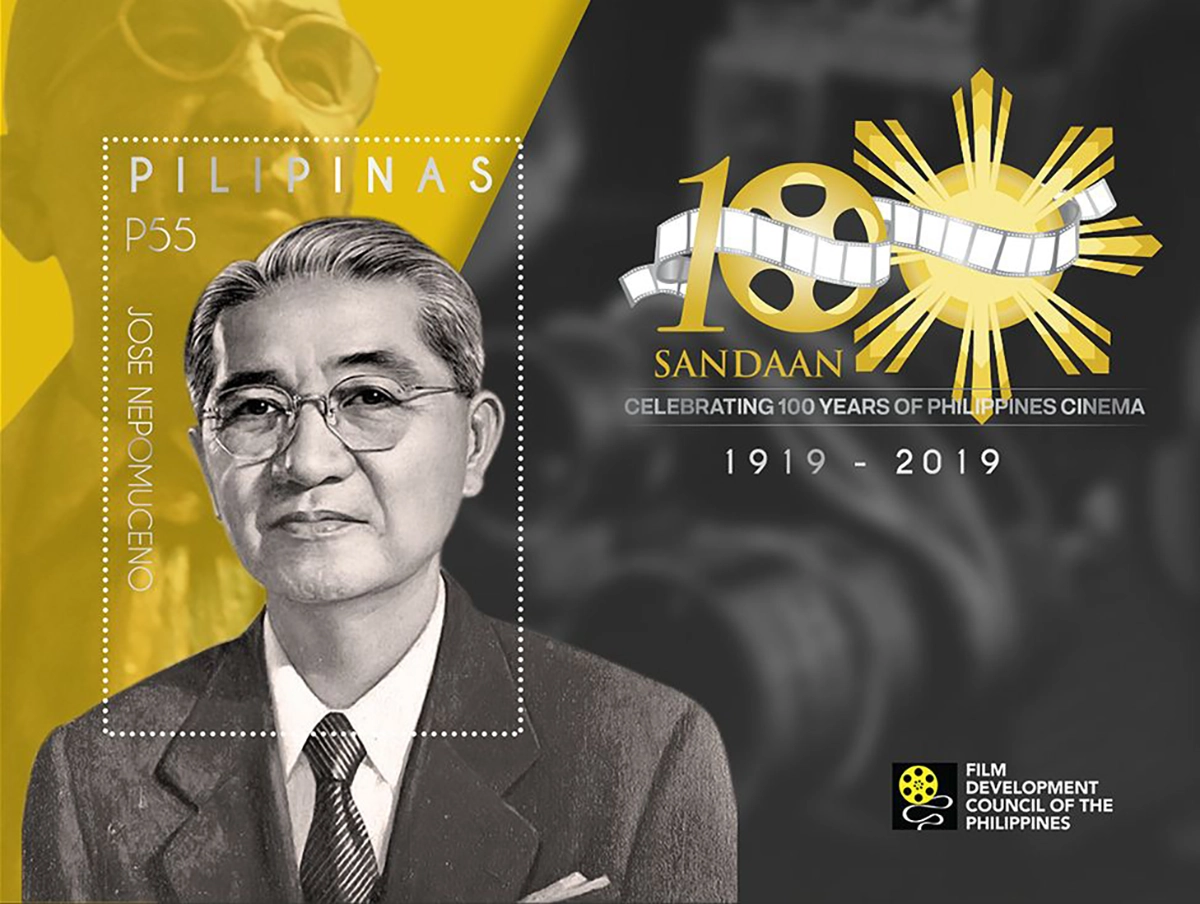
The history of movies in the Philippines goes back to the early 1900s. The first moving pictures were shown in 1897 at Salón de Pertierra. These films were in Spanish because the country was still under Spanish rule.
Antonio Ramos was the first known movie producer. He filmed everyday life in Manila. Later, Jose Nepomuceno became known as the “Father of Philippine Cinema” when he made the first full-length film, Dalagang Bukid, in 1919.
During the American period, silent movies became popular. These were shown with live music, like piano or choirs. Filmmaking paused during World War II but started again after the war.
The late 1940s and 1950s are called the first golden age of Filipino cinema. Many movies told stories about courage and life in the Philippines. One early star was Mila del Sol, who appeared in Giliw Ko in 1939.
Growth Over the Years
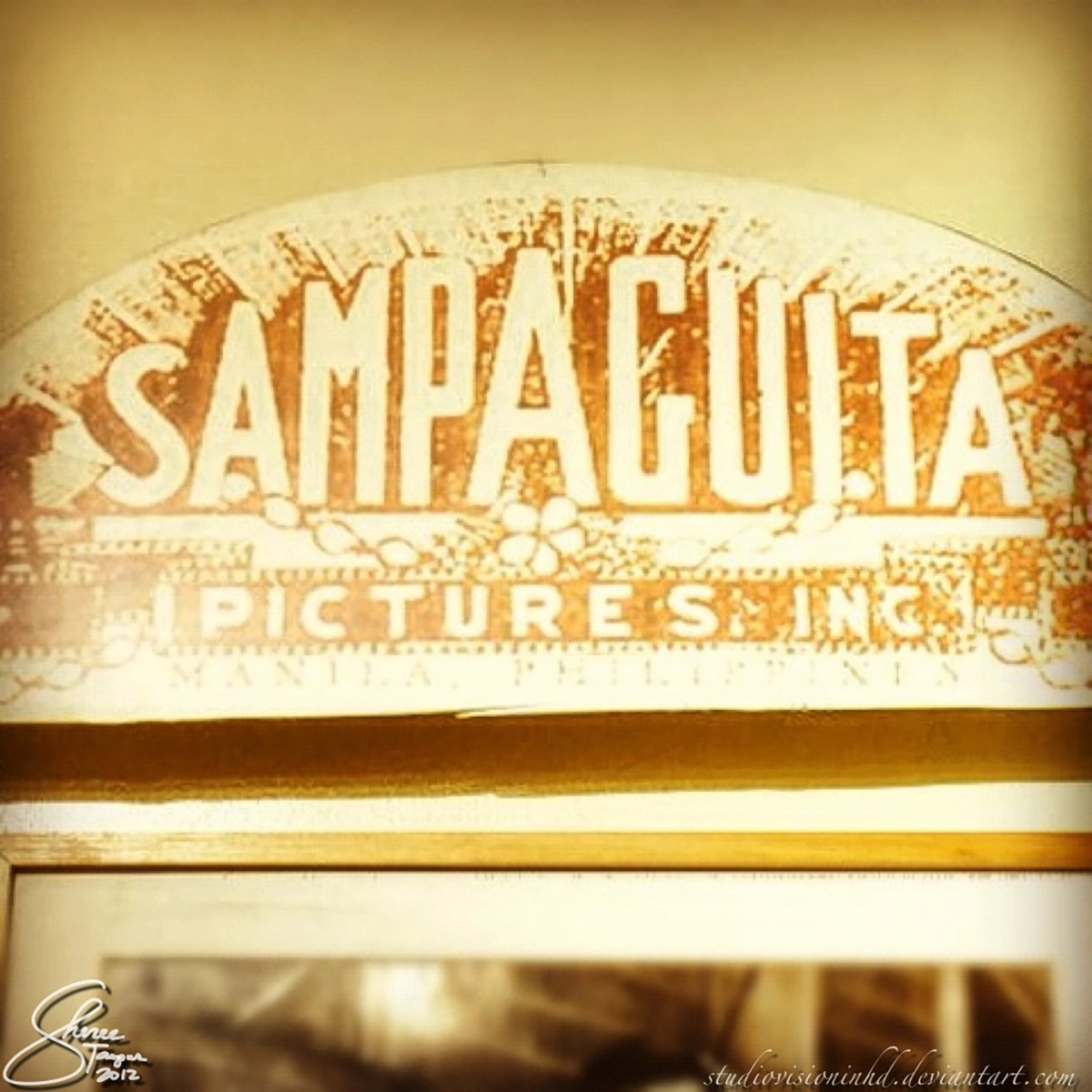
In the 1950s, the quality of movies improved, and many actors, writers, and directors gained fame. Studios produced many films yearly, some reaching audiences outside the country.
The 1960s saw the rise of musicals, action movies, and love stories. One major film company was Sampaguita Pictures. Foreign movies like James Bond were also shown.
The 1970s and early 1980s marked the second golden age. Filmmakers began using color and told deeper stories about society. Independent movies appeared in the 1980s, made by small groups with fewer resources but creative ideas. In the 1990s, dramas, comedies, and action films became popular, especially among young people.
Media Today
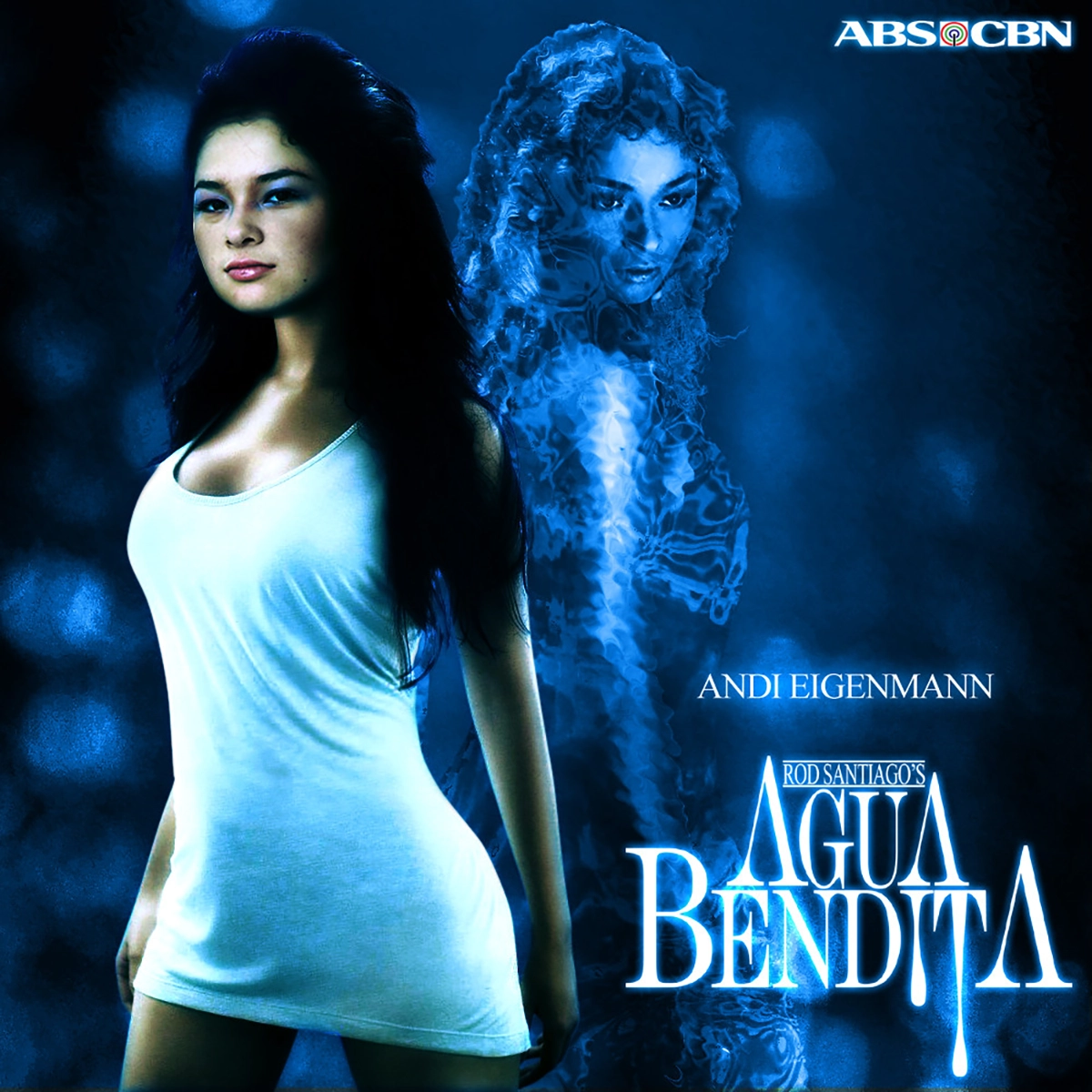
Filipinos enjoy many types of media today. Television is important, with many homes watching local dramas called teleseryes, game shows, and comedies. These shows often run for months and feature famous stars.
The Philippines once had one of the highest movie audiences in Asia. In the 1950s, about 350 films were made each year, but this number has decreased in recent years. Despite this, Filipino movies still have many fans and win awards.
Besides movies and TV, festivals also play a big role in Filipino culture. These events celebrate traditions, music, dance, and community spirit.
3. Fashion in Filipino Culture
Traditional Filipino Clothing

The history of clothing in the Philippines shows how strong Filipino culture is. Traditional clothes like the Barong Tagalog for men and the terno for women are still important today. These clothes are part of the country’s popular culture and are often worn during festivals and special events.
Long ago, women wore the Baro’t saya, which included a blouse called Camisa, made from pineapple fiber or soft cloth, and a long skirt. Men wore the barong Tagalog or suits.
In the Visayan region, women wore the Kimona blouse and a Patadyong skirt with a special pattern. They carried a cloth called tubao over their right shoulder. This style spread to Mindanao and became part of local traditions.
Modern Filipino Fashion

Today, Filipinos mix old and new styles in fashion. Famous designers like Michael Cinco use local materials such as piña and abaca to show the skill and beauty of Filipino culture. Their work is shared through many types of media and fashion events, keeping tradition alive in fresh ways.
Just like film and music, fashion plays a big role in the country’s popular culture. It helps bring people together, like a group sharing pride in their history. Whether at festivals or in daily life, Filipino clothing tells a story about the people and their past.
4. Sports in Filipino Culture
Sports in Filipino History
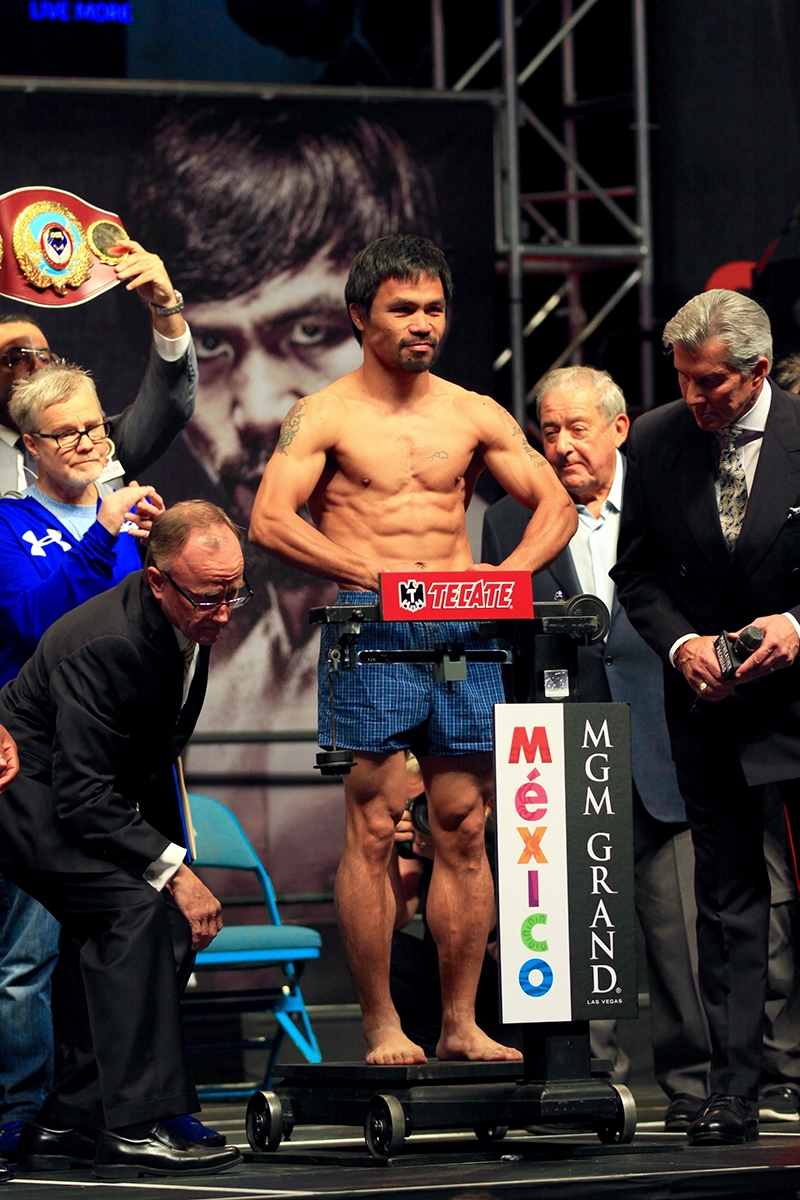
Sports have been important in the Philippines for a long time. Filipinos enjoy both old and new games. Basketball is the most popular sport. The Philippines is the only Asian country to join the Basketball World Cup. Boxing is also well-loved, with champions like Manny Pacquiao.
Football is growing too, with the Philippine Azkals doing well in big games. The national sport is Arnis, a type of martial art. Other common sports include billiards, chess, volleyball, horse racing, and cockfighting. Many also play badminton, tennis, and dodgeball.
Filipino Athletes and Achievements

Filipinos have done well in many sports. Famous athletes include Manny Pacquiao in boxing, Paulino Alcántara in football, and Efren Reyes in billiards.
The Philippine National Basketball Team is strong in Asia and has done well in the Olympics and Basketball World Cup. These athletes show the hard work and talent of Filipinos.
Palarong Pambansa Festival
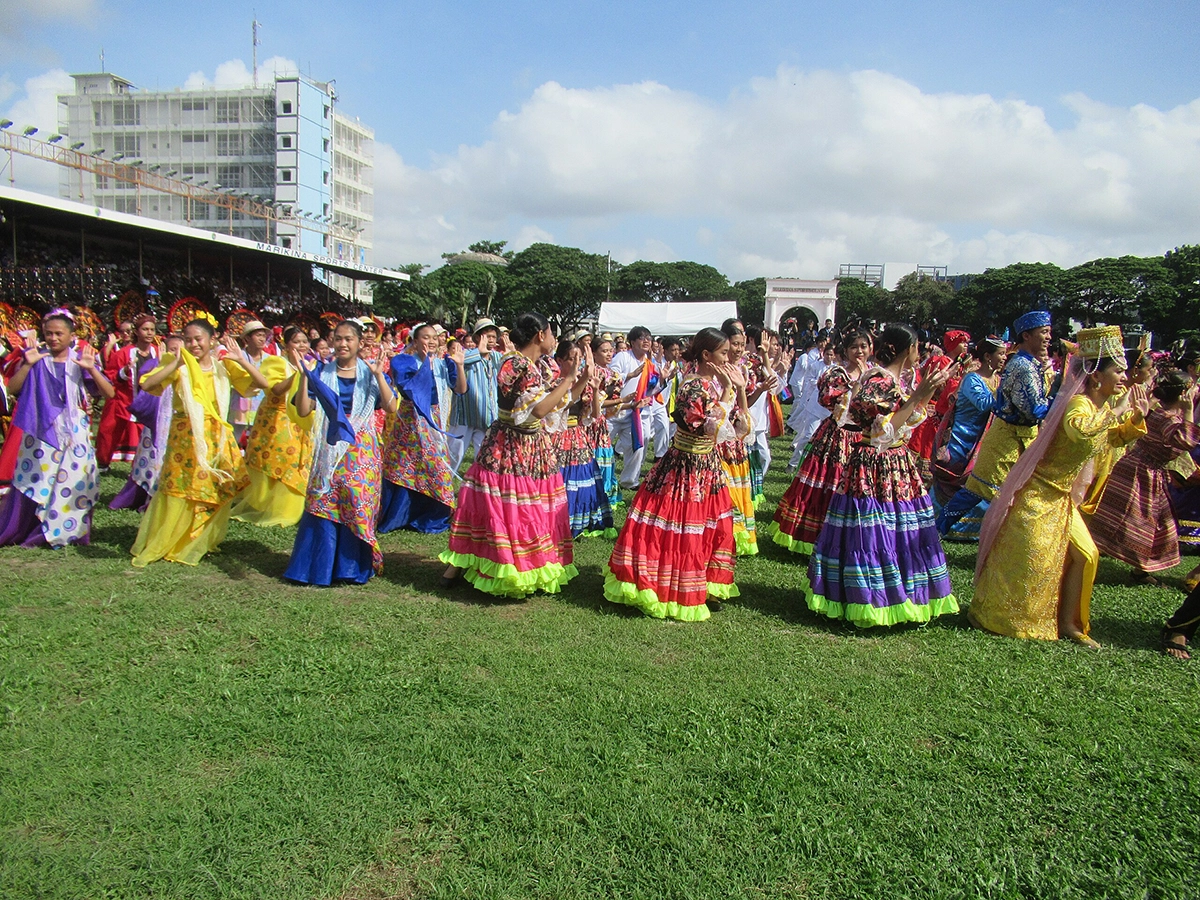
The Palarong Pambansa is a major sports event for students. It began in 1948 as a school sports meet and became a national festival in 1976. It is like the Olympics for Filipino students.
Many sports are played, such as swimming, tennis, gymnastics, and running. Sports are part of the popular culture in the Philippines. They help unite people and show the strong spirit of Filipinos.
See Also Famous Sculptures in the Philippines
5. Food in Filipino Culture
Filipino Food Culture
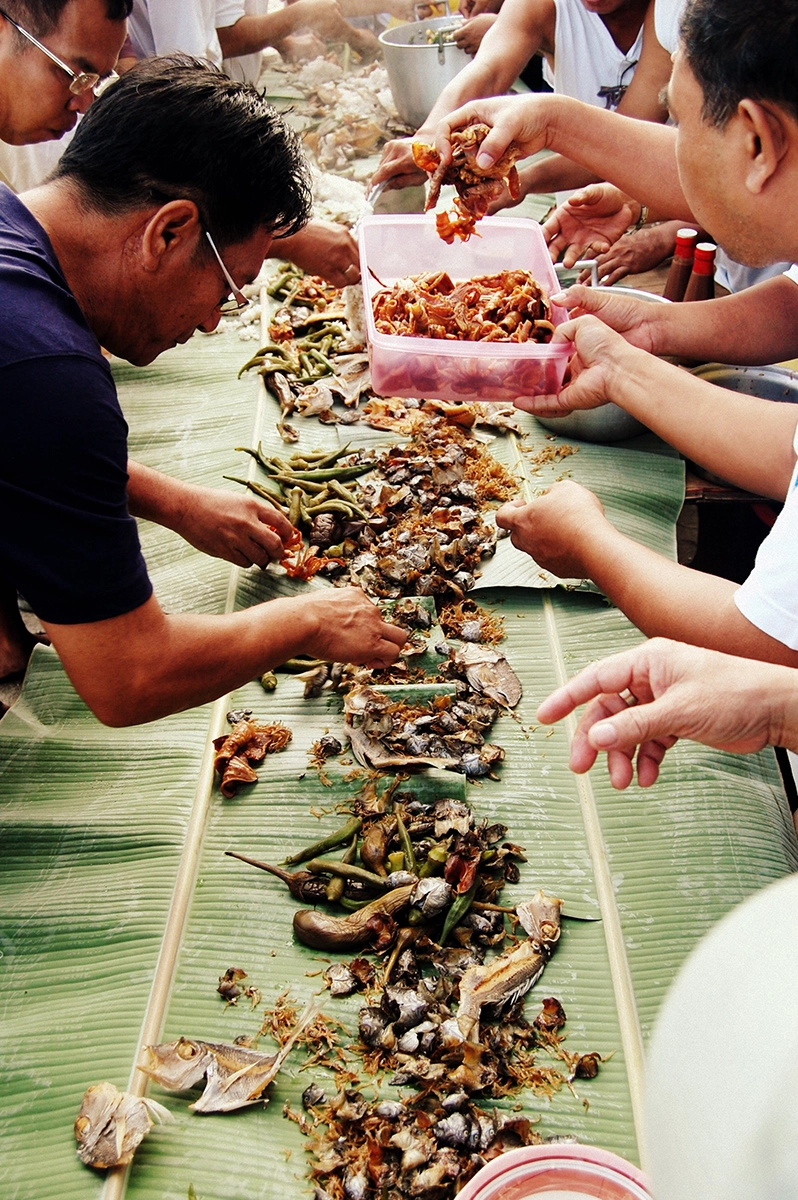
Filipino food mixes many different styles. This makes it tasty and comforting. Popular dishes like adobo, sinigang, and lechon are loved in the Philippines and other countries, too. Jollibee is a famous fast-food chain that blends Western and Filipino flavors. Many Filipinos and visitors enjoy it.
Filipino cooking uses ideas from Indian, Chinese, Spanish, and American food. The Spanish brought new ingredients like chili peppers and tomatoes in the 1500s. Filipinos usually eat six times a day. Rice is in almost every meal. They use spoons and forks but often eat with their hands at home.
Popular Dishes and Snacks
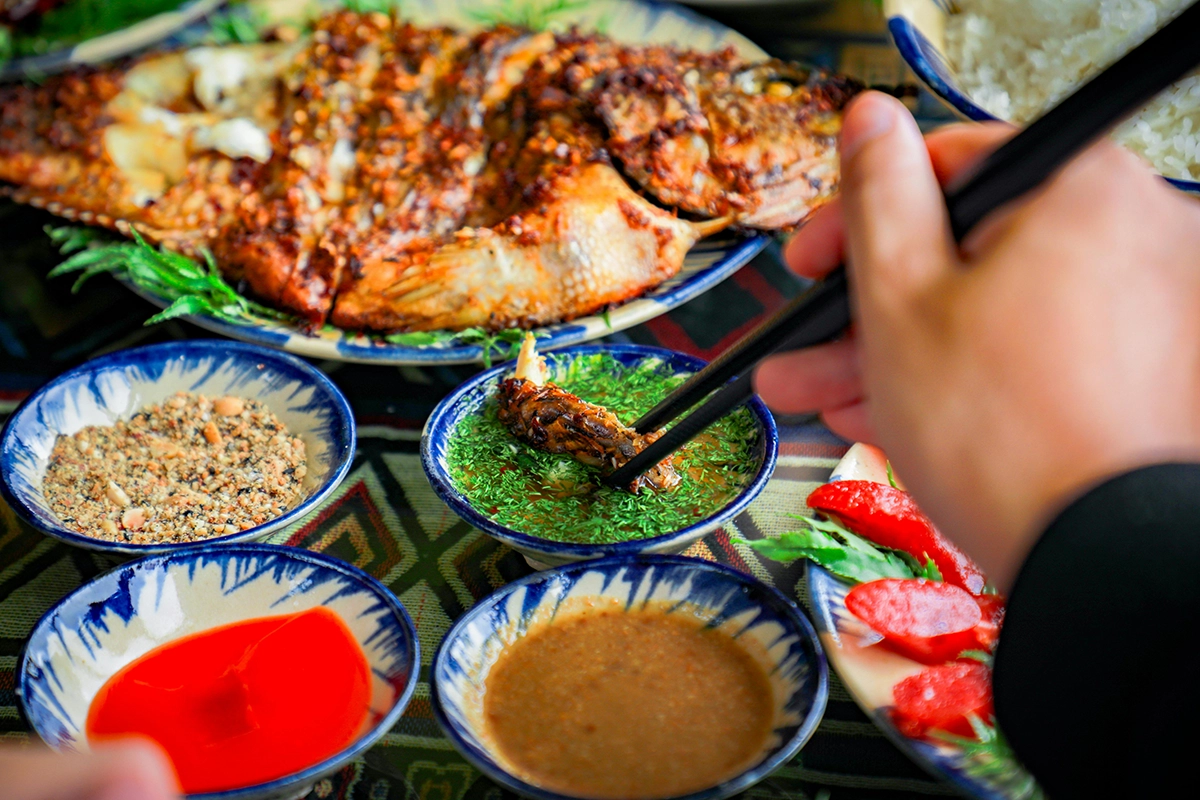
Common dishes include adobo, lumpia (fried rolls), pancit (noodles), and lechon (roast pig). Other favorites are afritada, kare-kare, and sinigang (sour soup). Some foods like balut (boiled duck egg) may seem unusual to some.
Popular snacks are chicharon (fried pork skin), halo-halo (shaved ice dessert), puto (rice cakes), and ensaymada (sweet bread). Drinks like beer, Tanduay rum, and lambanog (palm wine) are also enjoyed.
6. Festivals and Events in Filipino Culture
Philippine Festivals

The Philippines has many festivals. These festivals show Filipino culture and history. Some well-known ones are:
- Sinulog Festival in Cebu. It honors the Holy Infant Jesus (Sto. Niño).
- Ati-Atihan Festival in Aklan. It also honors Santo Niño de Kalibo.
- Pahiyas Festival in Lucban. It celebrates farmers with colorful decorations made from crops.
These festivals are full of fun, food, and music. They show how lively and joyful Filipinos are.
History and Meaning of Fiestas
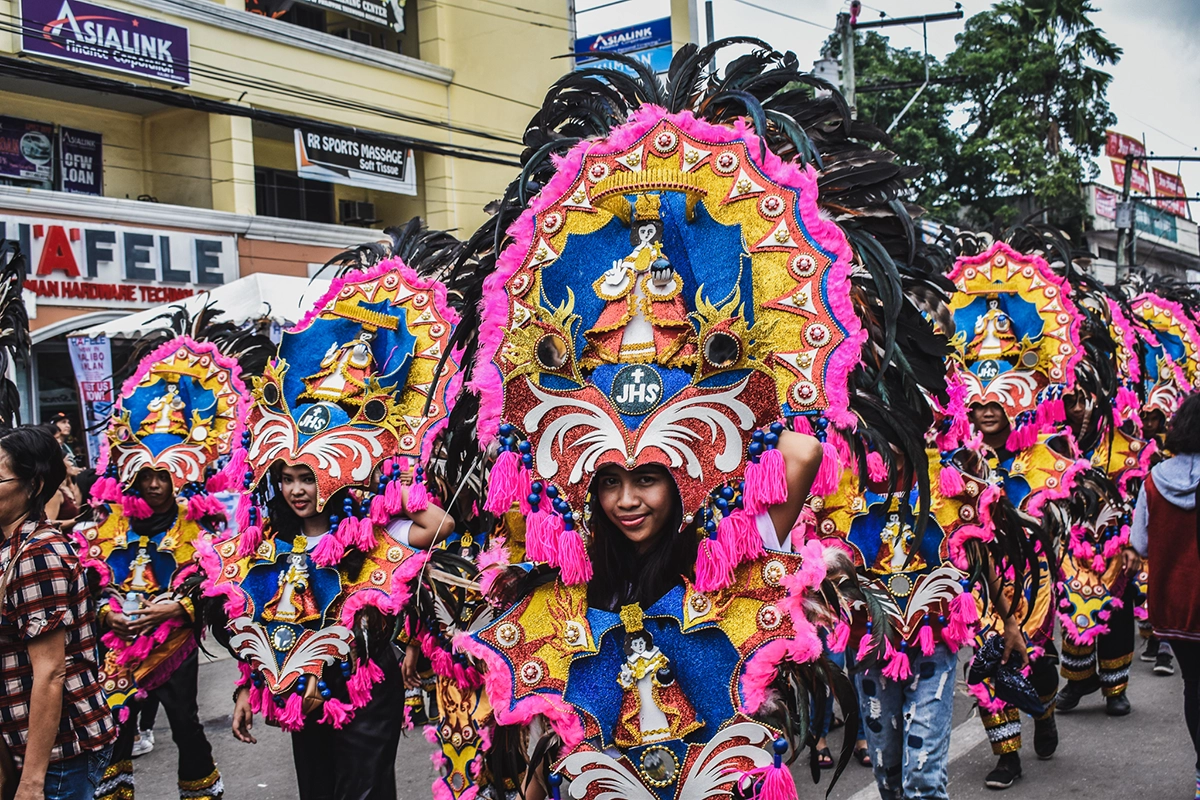
Fiestas started during the Spanish rule. The Spanish brought Christianity to the Philippines. Each town or city has a patron saint.
Fiestas honor the patron saint or celebrate local culture and history. They also thank you for a good harvest. During fiestas, people take part in church services, parades, plays, fairs, and games. There are also concerts and beauty contests.

Popular Culture in the Philippines: A Recap
Popular culture in the Philippines is lively and full of creativity. It shows how Filipinos enjoy music, film, fashion, and festivals in their own special way.
Filipino movies and music share stories about daily life, history, and dreams. TV and social media spread these stories across the Philippines and beyond. Festivals bring people together to enjoy old traditions and new ideas. This mix keeps the Philippines lively and connected.
Whether you like traditional customs or modern trends, popular culture in the Philippines offers something fun for everyone to enjoy and remember.


